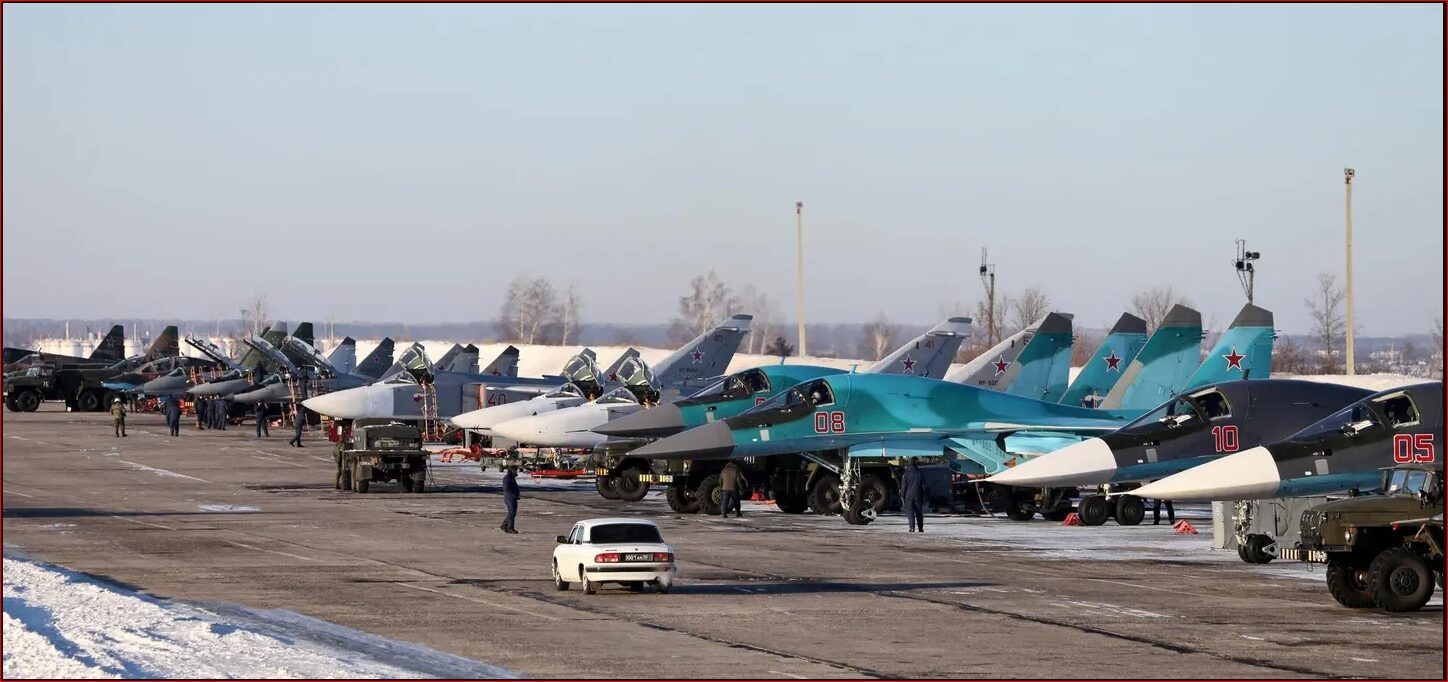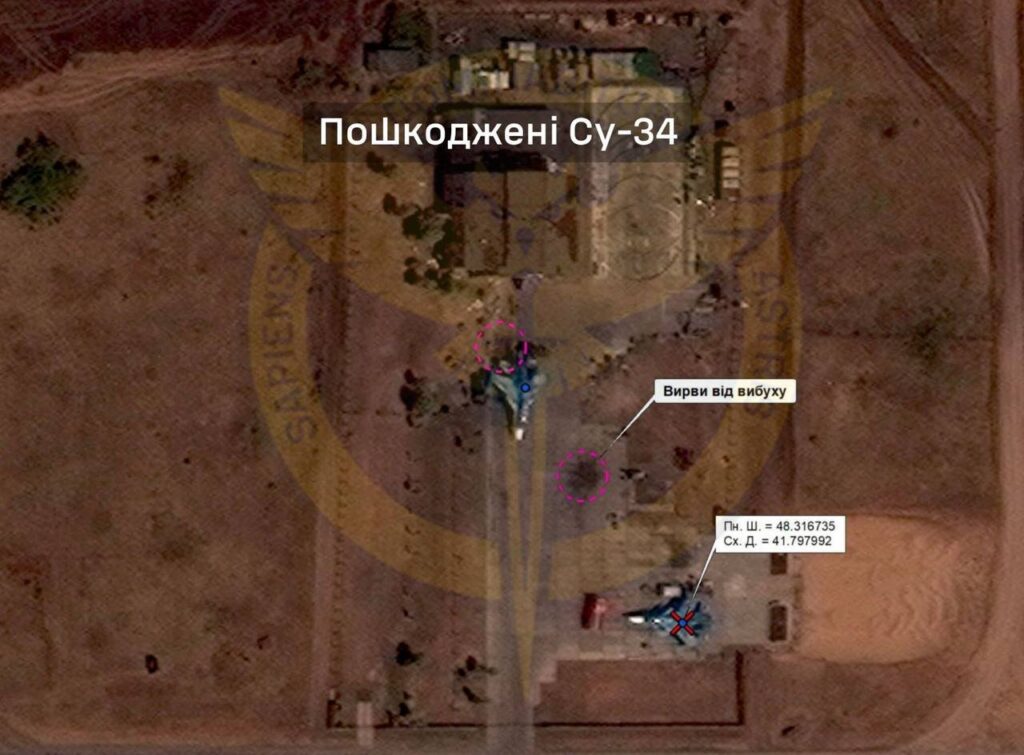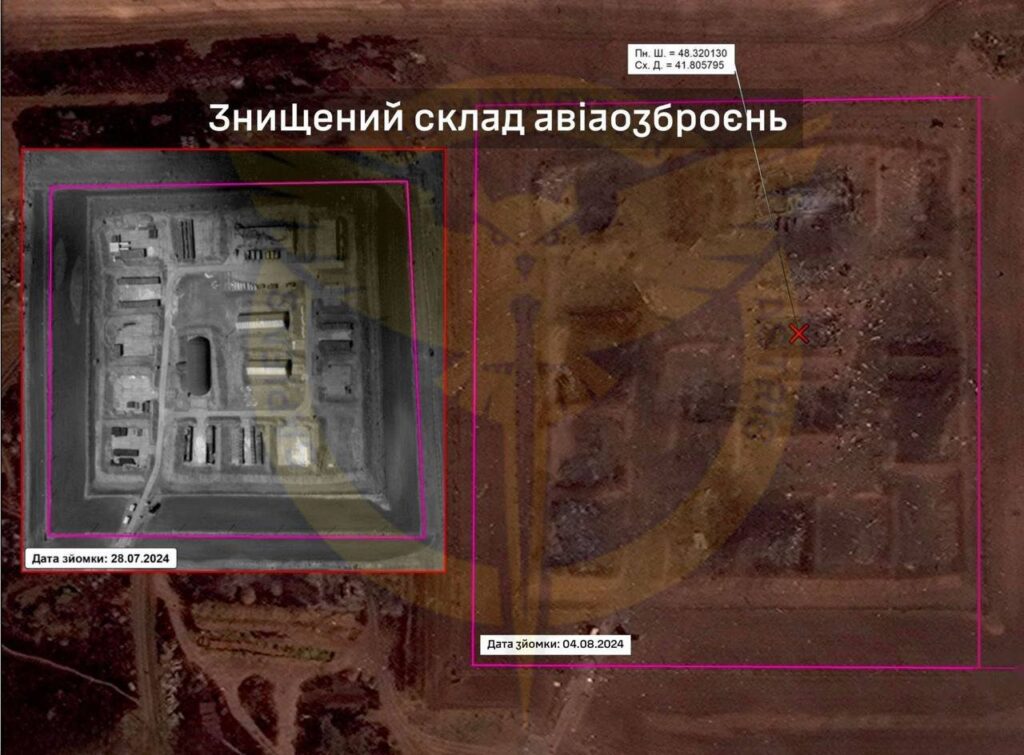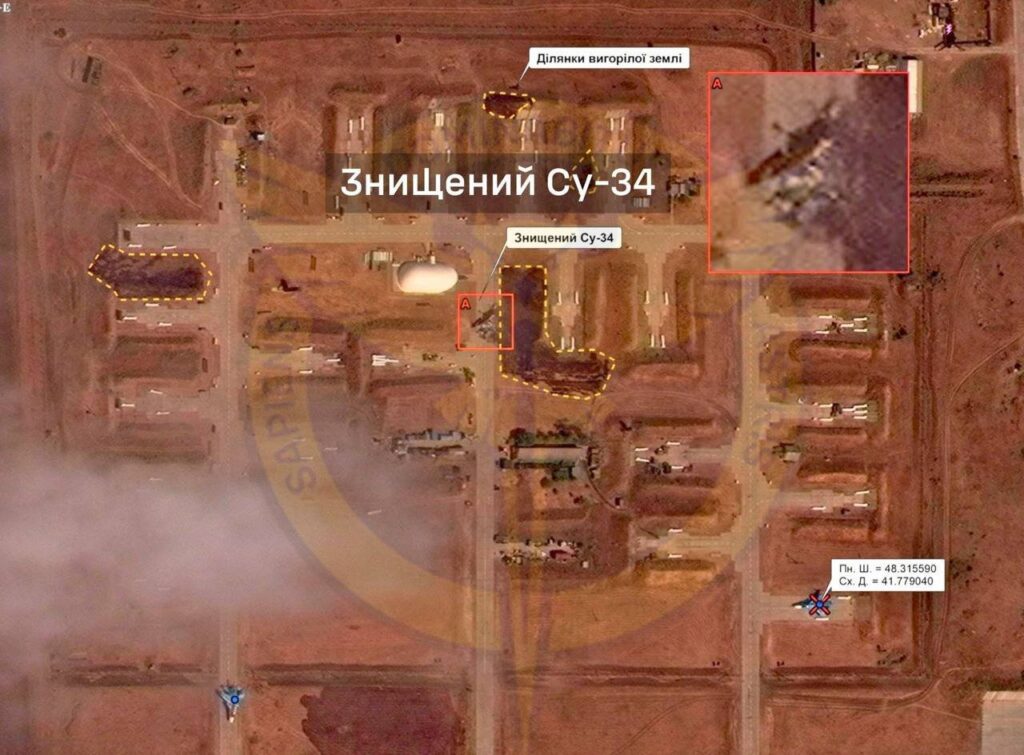For months , Ukrainian officials have been urging their foreign allies to allow them to use the best weapons they have available, including powerful ballistic missiles, to strike Russian military aircraft, which are deployed at airfields in Russia and are located within close proximity to Ukrainian cities, Forbes writes.
However, these allies have repeatedly refused, citing the risk of escalation of the conflict , which has been going on for 29 months.
Growing increasingly impatient, Ukrainian forces stepped up attacks on vulnerable Russian airfields, using Ukrainian-made munitions. On Saturday, Ukrainian drones attacked the Morozovsk air base in southern Russia, about 200 miles from the front line in eastern Ukraine.
According to Ukrainian intelligence, the strike destroyed a Russian Su-34 fighter-bomber, two more Su-34swere damaged and an ammunition depot was destroyed. Intelligence published satellite images of the base, showing”large areas of burnt ground” as a result of ammunition detonation.
This is not the first attack on Morozovsk , but it is one of the most destructive. However, this victory has a bitter taste for Ukraine, as such raids are becoming increasingly difficult to carry out as Russian aircraft move to more secure bases.
The goal of Ukrainian intelligence is to stop Russia’s campaign of planning bombs, by destroying aircraft and their ammunition at airfields near the border with Ukraine.
Since the introduction of guided bombs into the conflict last year , the Russian air force has been using theseair force has been increasingly using these satellite-guided munitions. The KAB ‘s cruise missiles have a range of over 25 miles, allowing Su-34 fighter-bombers to strike Ukrainian targets beyond the range of Ukrainian air defense.
Every day , Russia drops up to 100 KABs, some of which weigh more than three tons. ” Unfortunately, in urban environments , their frequent use is very effective,” said the Ukrainian analytical group Frontelligence Insight. These bombs, despite their inaccuracy, cause significant damage, destroying buildings and trapping people inside, making rescue operations difficult, especially in the event of repeated attacks.
KABs have played a key role in virtually every recent Russian victory along the 700-mile front line. The government in Kyiv is prioritizing the destruction of these bombers and their munitions.
Earlier this summer, an opportunity arose to significantly impact the air defense infrastructure, when dozens of Su-34s were deployed in the open at the Voronezh Malshevo air base in southern Russia, 100 miles from the Ukrainian border. However, the Biden administration has refused to allow Ukraine to use U.S. ATACMS missiles , missiles, which are almost impossible to intercept, against this base.
After that, Russia moved many Su-34s from border airfields to safer locations, hundreds of miles away from the border. Although these aircraft are still vulnerable to some Ukrainian drones, most Ukrainian drones and ATACMS with a range of 190 miles cannot reach them. If the White House does authorize ATACMS attacks on Russian bases, it may be too late , as the most valuable targets will be out of reach.
Several Su-34s and KAB bombs now remain at border airfields such as Morozovsk: Ukraine has just hit three of these aircraft , along with their ammunition.
But in order to stop the campaign with the use of planning bombs, Ukraine needs to destroy dozens of Su-34s, not just a few. And smarter deployments of Russian aircraft make this task more and more difficult.






Leave a Reply